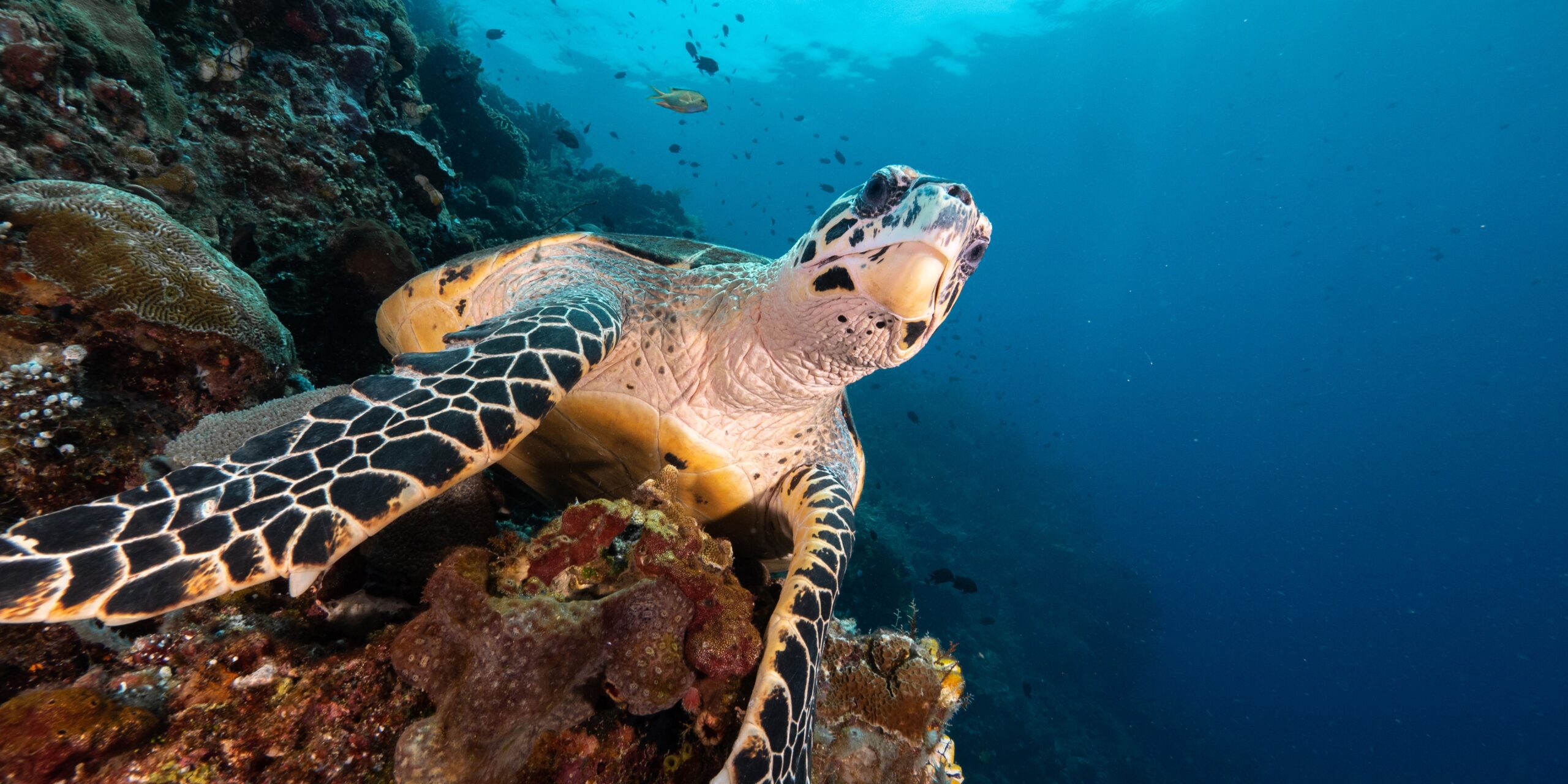Welcome to Facts Vibes! Uncover the intriguing world of hawksbill sea turtles with our latest article. From their unique shell patterns to their crucial role in marine ecosystems, these creatures are a fascinating species. Dive into a sea of curiosity as we explore captivating facts about these remarkable animals.
The Remarkable World of Hawksbill Sea Turtles
The Hawksbill sea turtle is a remarkable species with a crucial role in marine ecosystems. These graceful creatures are known for their stunning shells which have been highly valued for centuries. Unfortunately, this has led to a significant decline in their population. Conservation efforts have been implemented to protect these majestic animals and their natural habitat. These efforts have yielded some success, but the Hawksbill sea turtle still faces numerous threats such as habitat degradation, pollution, and illegal trade.
Their contribution to maintaining the health of coral reefs through their feeding habits cannot be overstated. Hawksbills play a vital role in controlling sponge populations, which, if left unchecked, can overgrow and suffocate coral reefs. Additionally, their nesting habits on beaches contribute to the health of coastal dune systems.
The remarkable world of Hawksbill sea turtles provides a poignant example of the delicate balance within marine ecosystems. By continuing to raise awareness, support conservation efforts, and promote responsible tourism practices, we can strive to ensure the survival of these magnificent creatures for future generations.
Most popular facts
Hawksbill sea turtles are known for their distinctive beak-like mouth, which gives them their name.
Hawksbill sea turtles are known for their distinctive beak-like mouth, which gives them their name.
They are primarily found in tropical and subtropical waters around the world.
They are primarily found in tropical and subtropical waters around the world.
Hawksbill sea turtles are listed as critically endangered due to habitat loss, poaching, and accidental capture in fishing gear.
Hawksbill sea turtles are listed as critically endangered due to habitat loss, poaching, and accidental capture in fishing gear.
These turtles play a crucial role in maintaining the health of coral reefs through their feeding habits.
Turtles play a crucial role in maintaining the health of coral reefs through their feeding habits.
The hawksbill sea turtle’s diet mainly consists of sponges, which helps to prevent overgrowth of these organisms on coral reefs.
The hawksbill sea turtle’s diet mainly consists of sponges, which helps to prevent overgrowth of these organisms on coral reefs.
Their shells, also known as carapaces, are highly valued for their intricate patterns and are illegally traded for use in jewelry and other luxury items.
Their shells are highly valued for their intricate patterns and are illegally traded for use in jewelry and other luxury items.
Hawksbill sea turtles have a lifespan of around 30 to 50 years in the wild.
Hawksbill sea turtles have a lifespan of around 30 to 50 years in the wild.
Female hawksbill sea turtles return to the beaches where they were born to lay their eggs, a behavior known as natal homing.
Female hawksbill sea turtles return to the beaches where they were born to lay their eggs, a behavior known as natal homing.
Climate change poses a significant threat to the survival of hawksbill sea turtles, as it can affect the temperature of their nesting beaches and skew the sex ratio of hatchlings.
Climate change poses a significant threat to the survival of hawksbill sea turtles, as it can affect the temperature of their nesting beaches and skew the sex ratio of hatchlings.
These turtles are an integral part of marine ecosystems, contributing to nutrient cycling and supporting biodiversity.
Turtles play a crucial role in marine ecosystems by contributing to nutrient cycling and supporting biodiversity.
Hawksbill sea turtles are one of the smallest species of sea turtles, typically reaching lengths of 2 to 3 feet.
Hawksbill sea turtles are one of the smallest species of sea turtles, typically reaching lengths of 2 to 3 feet.
The population decline of hawksbill sea turtles has far-reaching ecological impacts, as they help maintain the health of seagrass beds and coral reefs.
The population decline of hawksbill sea turtles has far-reaching ecological impacts, as they help maintain the health of seagrass beds and coral reefs.
It is estimated that only about 20,000 to 23,000 nesting females remain globally.
Only about 20,000 to 23,000 nesting females remain globally.
Hawksbill sea turtles are considered a keystone species, meaning their presence is crucial for maintaining the structure and function of their ecosystem.
Hawksbill sea turtles are considered a keystone species, meaning their presence is crucial for maintaining the structure and function of their ecosystem.
Conservation efforts, such as protected marine areas and sustainable tourism practices, are essential for the long-term survival of hawksbill sea turtles.
Conservation efforts, such as protected marine areas and sustainable tourism practices, are essential for the long-term survival of hawksbill sea turtles.
In conclusion, the hawksbill sea turtle is a remarkable creature that plays a crucial role in maintaining the health of marine ecosystems. By understanding the fascinating life of these turtles and the challenges they face, we can work towards conservation efforts to protect and preserve their habitat for future generations.
